Without further ado - to the Bethnal Green Museum... or, as it's now known, the V&A Museum of Childhood.
In 1868, building work began on the Bethnal Green Museum - a venture that was to be a partner museum to the one in South Kensington. It was initiated by the Department of Practical Art, an organisation that was actually made 'homeless' when the Prince of Wales came of age and had to be moved into their headquarters at Marlborough House. Well, he was slightly more important! Anyway, the Department decided that, after the popularity explosion of the South Kensington Museum, new versions should be installed in the north, south and east of London as well. Unfortunately, only the East was interested.
The architect, J. W. Wild, had grand visions for the place. The museum's history page dryly states that it was originally meant to have 'a garden, clock tower and library amongst other features, however, due to the lack of funds, his design was only fully realised in an 1871 edition of The Builder magazine. The final structure was decidedly less grand, the east and west facades being the noticeable remaining original design elements'. The contemporary publication Two Hundred And Fifty Views London said that 'it owes its establishment to the untiring efforts of various workers among the poor in the East End' who built it on land they had previously owned between themselves.
Photos from various sources, all out of copyright
The mosaic floor in the museum was laid by inmates of the Woking womens' gaol, with, as the museum's site notes, some doing more work than others. I must admit, if it were me, I'd choose the big, tiles over the teeny tiny fragments too (see left vs right).
Finally, the building work was finished and it was time for the honoured guest to do the deed. The noble tome, Edward VII, his life and reign; the record of a noble career, Vol II (of six!) by Edgar Sanderson and Lewis Melville (1910) describes the opening in great detail.
'The procession of five open carriages was escorted from Marlborough House, by way of the Mall, Whitehall, Victoria Embankment, Queen Victoria Street, Cornhill, Bishopsgate, and Shoreditch to Bethnal Green Road, by an escort of 100 Life Guards. The Prince was attired as a general officer; the Princess wore a dress and bonnet of light pink. The east-enders did their utmost to honour their visitors. From Bishopsgate Street onwards, the roadways were profusely adorned with flags, garlands, painted emblems, and mottoes of welcome, some expressing pious wishes for the royal pair. Among the notes of joy were " Welcome to the East "; " Long wished for, come at last "; " Thank you for your kind visit ". The vast crowds sent up tremendous cheers ... The royal personages and high officials present included the Dukes of Edinburgh and Cambridge, the Marquis of Ripon (Lord President of the Council), and the Right Hon. W. E. Forster (Vice-president). The Princess of Wales, on reaching the dais, was presented with a bouquet by a pretty little girl, introduced by Mrs. Gladstone, wife of the Prime Minister. The Duke of Marlborough, Sir Richard and Lady Wallace, the Lord Mayor, and a chief of a North American Indian tribe were among the company.'
Loving that last guest! It also reveals he did not, in fact, cut a giant ribbon, he simply declared it open (after prayers and singing and so forth). Oh well.
Dickens' Dictionary of London (by Charles Dickens Jr.) describes the museum thusly: '[it] was for nearly three years mainly occupied by the magnificent collections of paintings and other works of art belonging to Sir Richard Wallace, Bart., M.P. On the withdrawal of these collections they were replaced by various contributions on loan, chief among which have been the Indian presents of H.R.H. the Prince of Wales and the paintings forming the Dulwich Gallery. A large Anthropological Collection, lent by Colonel Lane-Fox, occupies part of the basement. The rest of the space is occupied by the permanent collections of the Museum, illustrating food, animal products, &c.'
Victorian visitors had lots of options for getting there, too, despite there being no convenient Ginger Line (the London Overground), nor tube to that part of the world.
'Omnibuses from the Mansion House pass close to the Museum; and trains run from Liverpool-st to Cambridge Heath station (within five minutes of the Museum) every ten minutes. Admission free from 10 a.m. to 10 p.m. on Mondays, Tuesdays, and Saturdays, and from 10 a.m. to 6 p.m.. on Thursdays and Fridays. On Wednesdays, 6d., from 10 a.m. till dusk. NEAREST Railway Station, Cambridge Heath; Omnibus Routes, Hackney-road, Cambridge-road, and Bethnal Green-road; Cab Rank, Bethnal-green road.'
The Museum slowly started to turn into what it is today in 1922 when head curator Arthur Sabin noticed how many bored, noisy children there were around the place. Since that's out of our remit of interest here, I thought instead I would photograph the toys that date from around the time that the museum was opened - those that King Edward's children would have been playing with at the time. Unfortunately there's not a lot from the time that Bertie himself was a whippersnapper! It's a fascinating insight into Victorian childhood nonetheless.
Mechanical dancing toys and puppets were all the rage, it seems.
Rocking toys and pull along carts
Shadow puppet theatres
More shadow puppetry and wrestling figures - a clown and a jockey!
This rocking horse and mechanical musical box shaped like a Swiss chalet
do date from around the time King Edward was born in 1841!
do date from around the time King Edward was born in 1841!
Dolls for girls and toy soldiers for boys...
This stern dolly reminds me very strongly of a certain matriarchal Queen...
Do go along to the V&A Children's Museum if you're a fan of old things and Victoria architecture... and The King's Ginger, of course. Thanks for reading my little history lesson for the month! Until next time, as ever, stay gingery.
Fleur xx
DiaryofaVintageGirl.com




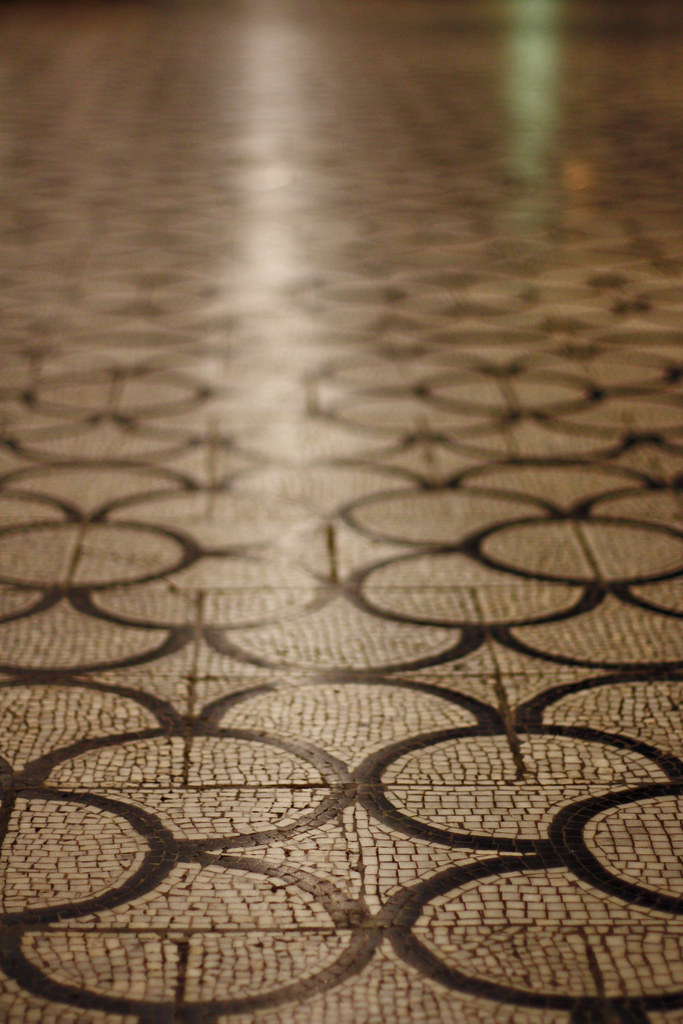

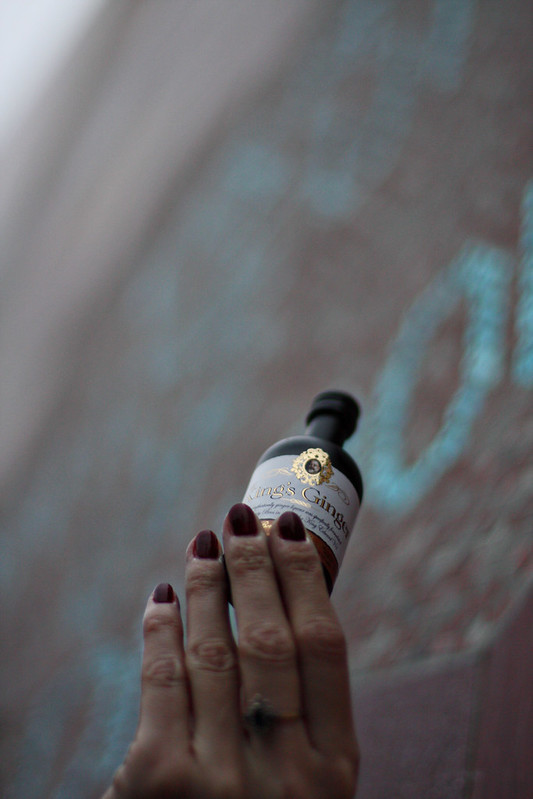
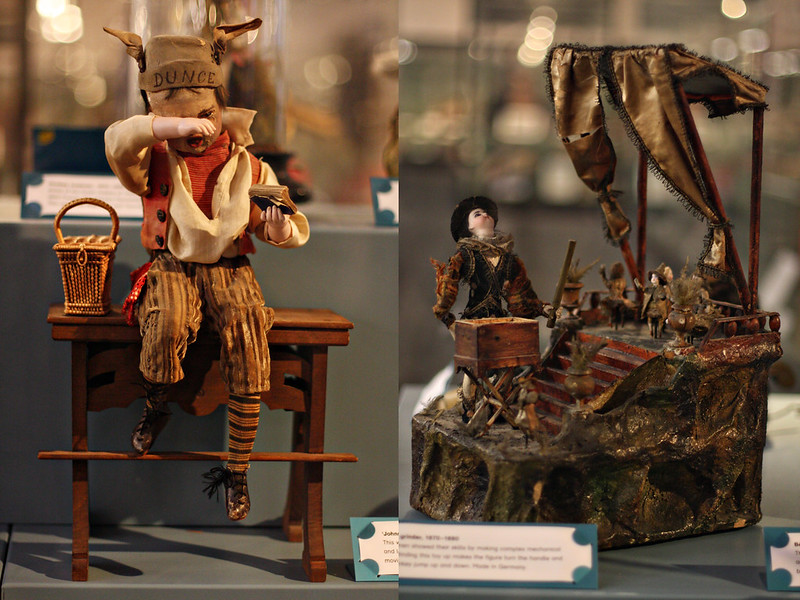


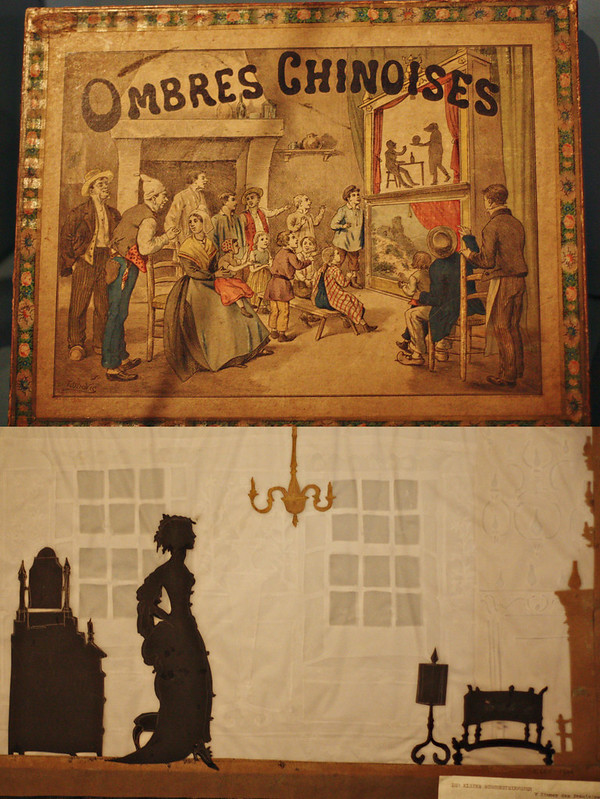

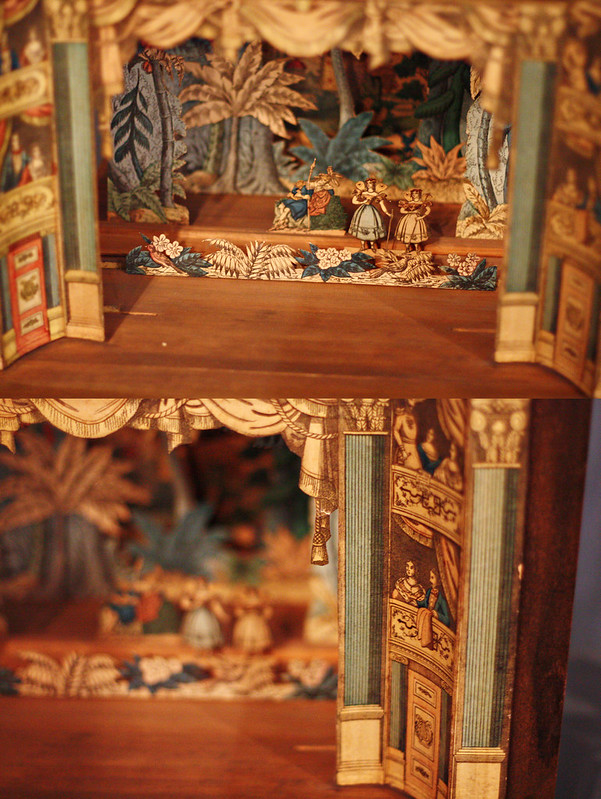


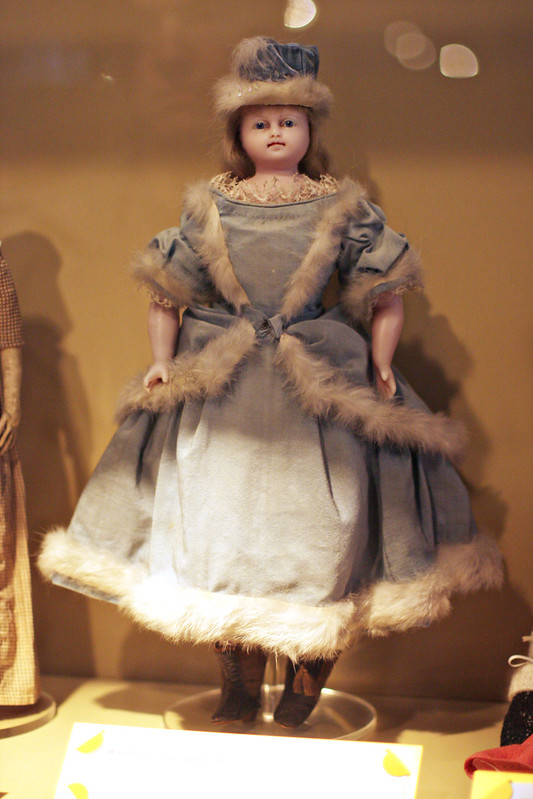



0 comments:
Post a Comment